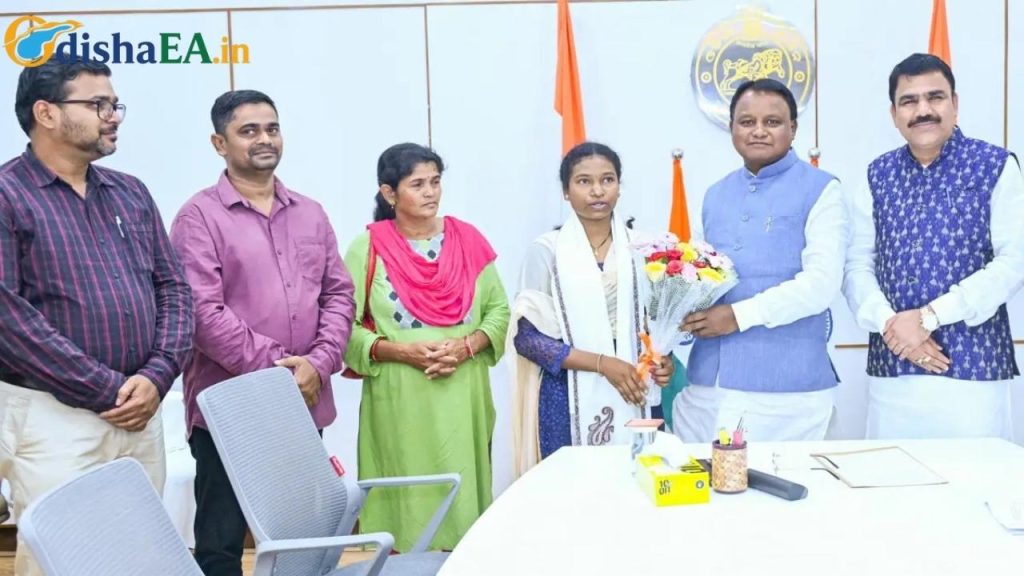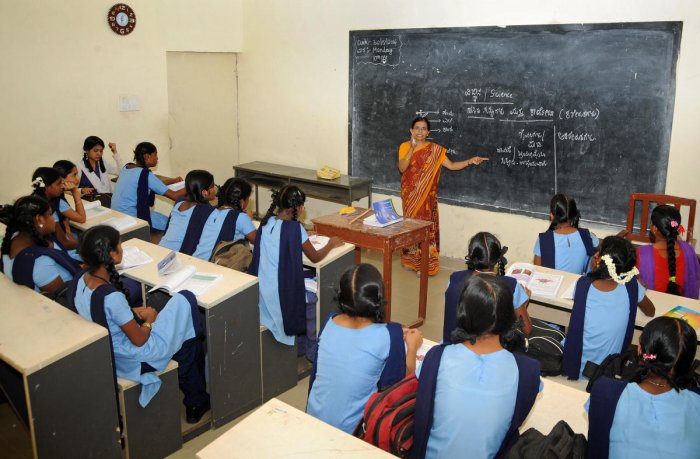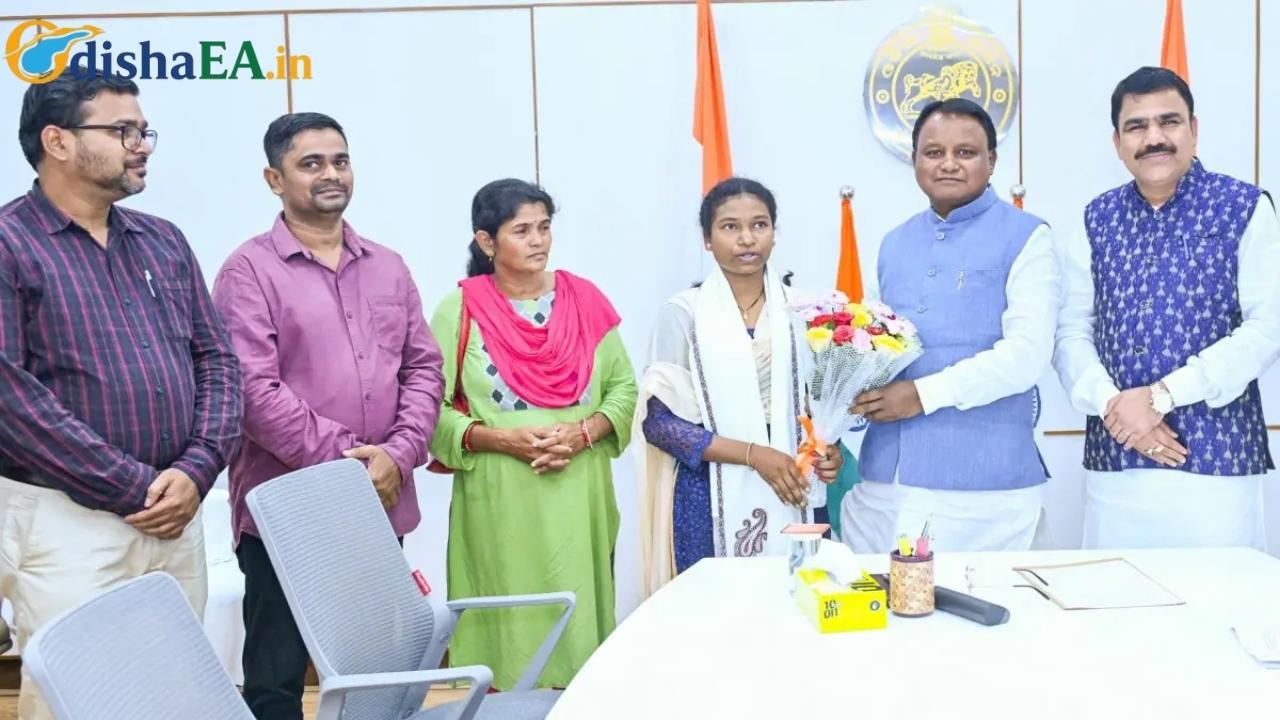In every corner of the world, there are teachers who leave a lasting mark on the lives of their students. In the state of Odisha, India, many educators go beyond textbooks and lessons to become true pillars of hope and change in their communities. These teachers do more than impart knowledge—they transform lives, guide young minds, and ignite the flames of curiosity and ambition in students who may not have had such opportunities otherwise.

In Odisha, a region known for its rich cultural heritage and beautiful landscapes, the role of teachers is more than just professional—it’s personal. Teachers in this state often find themselves at the forefront of social change, influencing generations in ways that go far beyond what can be measured in grades or test scores. One teacher, in particular, stands out for their commitment to education and social upliftment: the inspiring educators of Odisha.
Destiny Shaped by a Teacher
| Topic | Details |
|---|---|
| Main Focus | Inspirational teachers in Odisha shaping destinies through education and dedication. |
| Key Educators Featured | Basanta Kumar Rana, Tarun Kumar Dash, Ch. Nageshu Patro, Nanda Prusty, Narahari Malla, Poly Patnaik. |
| Innovative Methods | Puppet-based learning, wall paintings, student-centered teaching, music and dance for engagement. |
| Impact | Increased enrollment rates, reduced dropout rates, improved quality of life for underprivileged children. |
| National Recognition | Many of these teachers have been nominated for prestigious national awards, such as the National Teachers’ Award. |
| Related Resources | National Teachers’ Award, Mother’s Public School |
The story of teachers in Odisha is one of resilience, creativity, and commitment. These educators are not just teaching—they are shaping the futures of the next generation, breaking barriers, and fostering hope in communities. From innovative classroom methods to working beyond the school’s walls, the teachers of Odisha are a shining example of what can be accomplished when passion and dedication meet education. As we reflect on their inspiring journeys, it’s clear that teachers have the power to change destinies, one student at a time.
The Power of a Single Teacher in Shaping Destiny
Teachers are not just facilitators of knowledge; they are agents of transformation. In Odisha, this truth rings loud and clear. While the state faces its own set of challenges—rural poverty, high dropout rates, and a lack of resources—the passion and commitment of its teachers have led to significant changes, both at the grassroots and national levels.

Take, for example, Basanta Kumar Rana, who works in Malkangiri, one of Odisha’s most underserved districts. With an innovative approach to education, he has found a way to make learning not only effective but also engaging. By introducing educational wall paintings and puppet-based learning in the classroom, he has succeeded in making his students excited about learning. Under his leadership, the student enrollment at Kandel Government Upper Primary School increased from 86 to 148 students—a testament to the effectiveness of his methods. His approach has also drastically reduced the dropout rate, allowing students to continue their education and pursue their dreams.
Another inspirational educator, Tarun Kumar Dash, works tirelessly in the tribal regions of Koraput, a place where education often seems like a far-off dream. Tarun’s student-centered approach has brought creativity into the classroom, making learning more fun and interactive. This creativity has not gone unnoticed, as he, too, was recognized with the National Teachers’ Award 2025.
Such stories of inspiration are not rare in Odisha. Across the state, educators are doing much more than just teaching—they are changing lives, offering hope, and fostering a sense of belonging among students who might otherwise feel overlooked.
The Role of a Teacher Beyond the Classroom
One teacher who has become a household name in Odisha due to his selfless dedication is Ch. Nageshu Patro from Ganjam district. While his primary job is as a railway porter during the night, his passion for teaching has led him to run a free coaching center during the day. The center, which caters to children from underprivileged backgrounds, helps students from classes 6 to 12 prepare for their exams. The lessons Nageshu imparts are not just academic but life-changing. By giving these children access to quality education, he has not only shaped their futures but also inspired a new wave of community engagement.
At the other end of the spectrum, we find Nanda Prusty, a centenarian teacher whose legacy has endured for over seven decades. Nanda Sir’s journey began in the 1940s when he started educating children in his village under a tree. Over the years, he built a temple-like structure to continue his educational mission. His unyielding spirit and commitment to imparting knowledge continued until his passing at the age of 102 in 2021. Nanda Sir’s story is a testament to the transformative power of education, showing that age is no barrier when it comes to shaping young minds.
Why Teachers Like These Matter
The impact of teachers like Basanta Kumar Rana, Tarun Kumar Dash, Ch. Nageshu Patro, and Nanda Prusty is not just felt in the classrooms or villages they serve. Their influence extends far beyond, affecting the larger community and, in some cases, national policies. Their work addresses several key educational challenges in India, such as:
- Access to Quality Education: Teachers like these go out of their way to make education accessible to children from underprivileged and rural backgrounds. By offering free coaching, innovative teaching methods, and personalized attention, they are ensuring that education reaches everyone, regardless of socioeconomic background.
- Engagement Through Innovation: One common theme among these educators is their creative teaching methods. Whether through wall paintings, music, or hands-on learning, these teachers use innovative approaches to make learning fun and engaging. This helps students retain information better and motivates them to stay in school.
- Community Transformation: Teachers like Poly Patnaik, the founder of Mother’s Public School, not only focus on academics but also on social responsibility. Poly’s school integrates the children of impoverished single women, providing them with opportunities for a better future. Her work is changing lives and empowering communities to break the cycle of poverty.
- Recognition and Award-Winning Efforts: Many of these teachers have received recognition at the national level, further validating the importance of their work. Teachers like Basanta Kumar Rana and Tarun Kumar Dash, nominated for the National Teachers’ Award, set a benchmark for others to follow.
How Can We Support Teachers Like These?
While the efforts of these exceptional teachers deserve widespread recognition, it’s essential that we as a society continue to support them in their mission. Here are some ways we can help:
- Provide Resources and Infrastructure: Government bodies, NGOs, and even private individuals can invest in providing resources such as teaching materials, technology, and proper infrastructure to schools in rural and underserved areas.
- Encourage Innovative Teaching: Schools and education boards should encourage and reward innovative teaching methods. By giving teachers the freedom to experiment and be creative, we can make learning more fun and engaging for students.
- Support Professional Development: Teachers need continuous training to keep up with changing teaching methodologies and educational standards. Professional development programs can help teachers refine their skills and introduce new techniques in the classroom.
- Community Involvement: Local communities must rally behind their teachers, whether by providing financial support, volunteering, or simply acknowledging the hard work teachers put in. When communities support their educators, the impact is far greater.
Over 44,000 Primary School Teachers to Be Recruited in Odisha: CM Majhi’s Announcement
Odisha B.Ed Round 3 Allotment Result Released: Steps to Accept or Withdraw Your Seat
SAMS Odisha Launches Phase-II Admissions for Undergraduate and Postgraduate Courses
FAQs
Q1: What are some examples of innovative teaching methods used in Odisha?
Teachers in Odisha use creative approaches such as wall paintings, puppet shows, music, and dance to make learning more engaging. These methods help students understand complex topics in a fun and interactive way.
Q2: How have teachers in Odisha impacted the dropout rate?
Teachers like Basanta Kumar Rana have succeeded in reducing the dropout rate by making education more engaging and accessible. His innovative methods have increased student enrollment and retention in schools.
Q3: What challenges do teachers in Odisha face?
Teachers in Odisha face challenges such as lack of resources, high dropout rates, and the need for innovative teaching methods to engage students. Despite these challenges, many educators continue to make a significant impact on their students’ lives.





